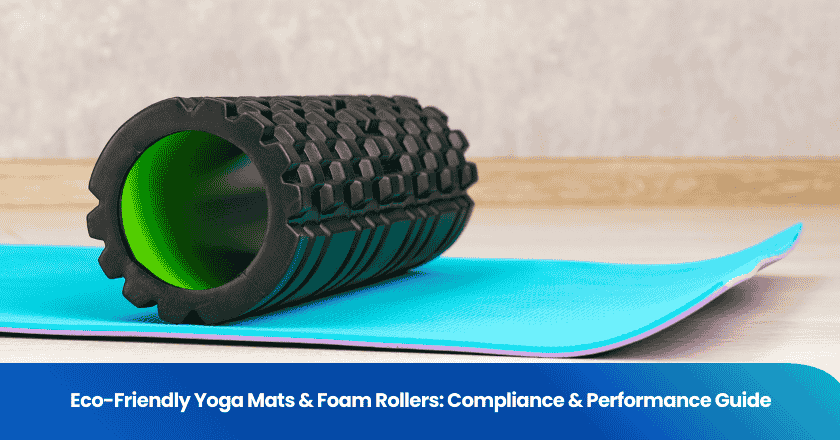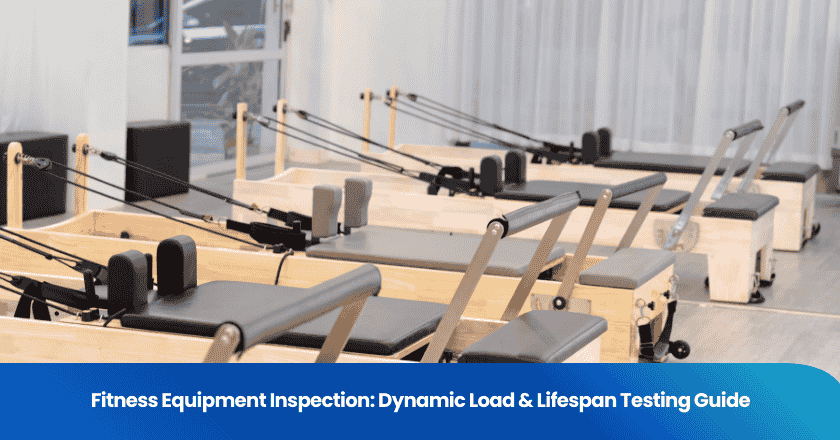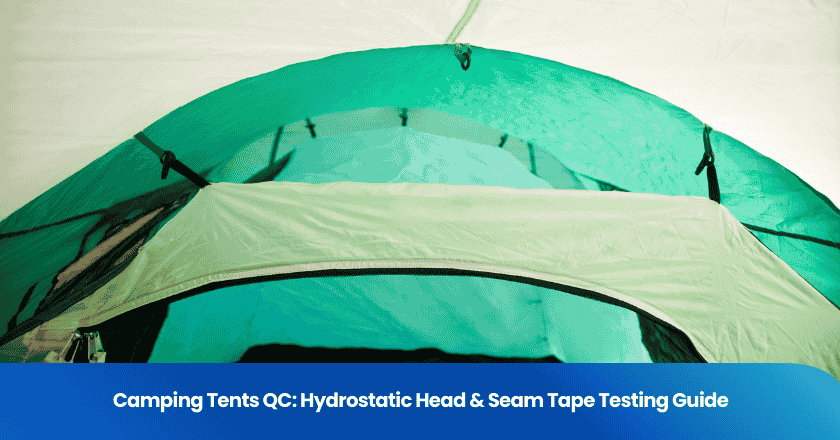
Quality inspection ensures that every product meets strict quality standards before reaching you. You rely on inspections to protect your business from costly recalls and material waste. Industries like manufacturing, medical, and construction use quality inspection to maintain safety and quality control. When you invest in quality inspection services, you see direct labor cost reduction, improved yield, and lower overhead.
Quality management supports your efforts to prevent defects and optimize production.Quality inspections help you deliver reliable products and build customer trust.
Key Takeaways
- Quality inspection ensures products meet strict standards, preventing costly recalls and material waste.
- Implementing quality inspections leads to significant cost savings by reducing labor costs and improving production efficiency.
- Regular inspections enhance customer satisfaction by catching defects early, resulting in fewer complaints and returns.
- Understanding the difference between quality inspection, assurance, and control helps maintain high product standards.
- Using various inspection types, such as incoming and final inspections, strengthens your quality management system.
What Is Quality Inspection?
Definition and Process
Quality inspection is a hands-on process that helps you verify whether products meet specific standards before they reach customers. You use quality inspection to measure, examine, and test products against requirements set by your industry or organization. International standards, such as ISO 2859, define quality inspection as activities like testing, gauging, and measuring product characteristics to determine conformity.
You follow a series of steps to carry out effective inspections. First, you define clear quality standards for each product. Next, you specify the measurements and tolerances that products must meet. You decide how many items to inspect, whether it is every product or a sample from each batch. You select the right testing methodology to ensure consistency. You report any defects and communicate findings to the right people.
- Define standards for each product line
- Know the specifications and tolerances
- Establish the number of products for inspection
- Use consistent testing methods
- Report and classify defects
- Communicate findings for corrective action
Quality inspection systems help you organize these steps and maintain high standards across your operations. You rely on these systems to catch defects early and prevent costly mistakes.
Key Concepts
You need to understand the difference between quality inspection, quality assurance, and quality control. Quality inspection focuses on hands-on activities like visual checks and functional tests. Quality assurance builds and improves processes to prevent defects. Quality control identifies and fixes defects in finished products.
Quality inspection systems support your quality management efforts by providing structure and consistency. You use inspections to ensure products meet safety and quality standards, protect your reputation, and satisfy customers.
Importance of Quality Inspections
Ensuring Compliance
You face strict regulatory standards in industries such as manufacturing, medical, and construction. Quality inspections help you meet these requirements and maintain product compliance. Regulatory bodies expect you to follow guidelines that cover everything from facility design to personnel training. The following table highlights some key regulatory standards and their main requirements:
| Regulatory Standard | Key Requirements |
|---|---|
| WHO GMP Guidelines | Quality management systems, Personnel training and competency, Facility design and maintenance, Equipment qualification and validation |
| EU GMP Requirements | Quality management systems, Personnel qualifications and training, Facility and equipment requirements, Documentation and record keeping |
You must understand these standards to create audit-ready processes. Inspections ensure your operations minimize contamination risks and maintain high quality standards. Regular compliance audits demonstrate transparency and accountability to both regulators and customers. Proactive inspections identify risks before they escalate, protecting you from legal penalties and costly recalls. When you address gaps early, you avoid drawing unwanted regulatory attention.
Reducing Defects and Costs
Quality inspections play a vital role in error reduction and cost control. You use inspections to catch issues before they become expensive problems. By identifying defects early, you minimise defects and prevent faulty products from reaching customers. This approach leads to substantial savings by reducing rework, scrap, and wasted materials. The table below shows how different cost factors impact your bottom line:
| Cost Factor | Impact on Savings |
|---|---|
| Lower OEE | Fewer finished parts per shift |
| Skilled labor re-inspection | Hours lost instead of productive work |
| Scrap and rework | Inflated material costs |
| Reworked units | Increased total cost of quality |
A data-driven inspection system can save you several man-days per audit and build customer trust. Even a small reduction in overpack or waste can have a significant impact on your profits. Quality inspection at every stage of production helps you avoid the high costs of returns, replacements, and lost productivity. You protect your resources and improve operational efficiency by maintaining strict quality standards.
Protecting Reputation
Your reputation depends on delivering reliable, high-quality products. Quality inspections help you maintain this reputation by ensuring every product meets or exceeds expectations. When you consistently meet quality standards, you build trust with your customers. Brands known for their commitment to quality enjoy strong customer loyalty and positive word-of-mouth. If you allow unreliable products to reach the market, your reputation suffers and customer trust declines. Rigorous inspection processes are essential for maintaining your image and standing out in a competitive market.
Note: High-quality products that pass strict inspections become the foundation of your brand’s identity and customer relationships.
Customer Satisfaction
Customer satisfaction increases when you deliver products that meet promised quality standards. Quality inspections reduce the number of complaints and returns by catching defects before products reach your customers. Companies that implement robust inspection programs often see a 20% increase in customer satisfaction compared to those that do not. When you focus on quality management and quality control, you show customers that you value their experience. This commitment leads to repeat business and long-term loyalty.
l Quality inspections lead to:
a. Fewer customer complaints
b. Lower return rates
c. Higher satisfaction scores
You create a positive cycle where satisfied customers recommend your products, further strengthening your market position.
Types of Quality Inspections
You encounter several types of quality inspection throughout your operations. Each type serves a unique purpose in your quality management system and helps you maintain high standards from start to finish.
Incoming Inspections
You start with incoming inspections to check the quality of raw materials and components before production begins. Early quality inspections at this stage help you catch issues before they affect your process. You verify that suppliers meet your specifications and prevent defective materials from entering your production line.
You rely on incoming inspections to support your defect testing strategy and protect your brand’s reputation.
In-Process Inspections
In-process inspections take place during production. You monitor quality at key stages to detect and correct defects as soon as possible. This approach ensures consistent quality and minimizes waste. You use in-process inspections to maintain control and make real-time adjustments.
- Monitor production for defects
- Maintain quality throughout manufacturing
- Reduce waste and rework
In-process inspections form a core part of your quality management efforts.
Final Inspections
Final inspections focus on finished products. You check that each item meets your quality standards before it leaves your facility. This step confirms that only defect-free products reach your customers. You reduce returns and improve satisfaction by performing thorough final inspections.You use final inspections to guarantee that your products meet all requirements.
Random and Spot Checks
Random and spot checks add flexibility to your inspection process. You select samples at random or perform unplanned checks to verify ongoing quality. These inspections help you identify unexpected issues and build accountability.
| Aspect | Random/Spot Checks | Scheduled Inspections |
|---|---|---|
| Sample Size | Only a sample is inspected | Entire lot is inspected |
| Guarantee of Quality | Cannot guarantee defect-free delivery 100% | More reliable in ensuring quality |
| Timing | If done too early, some units may be missed | Conducted at planned intervals |
| Accuracy | Findings are only accurate at the moment of inspection | Continuous monitoring possible |
| Factory Cooperation | Relies on factory cooperation for access and transparency | Less dependent on factory cooperation |
| Accountability | Builds a layer of accountability | May not address last-minute issues |
You often use random and spot checks alongside scheduled inspections for a balanced approach.
Tip: Combine different types of quality inspection, such as pre-shipment inspection and in-process checks, to strengthen your quality management system and reduce risk.
You can choose from several inspection types, including pre-production inspection, during production inspection, pre-shipment inspection, final random inspection, and container loading supervision. Each type helps you control quality at different stages and supports your commitment to excellence.
Quality Inspection Services and Benefits
How Services Work
You rely on quality inspection services to ensure your products meet strict standards. These services use advanced measurement techniques and experienced technicians to check every detail. In industries like aerospace, automotive, and medical devices, precision is critical. Dimensional metrology and inspection services confirm that each component matches exact tolerances, reducing the risk of defects and supporting compliance with customer specifications.
You benefit from improved product quality, faster time-to-market, and cost savings from reduced waste and rework. Quality inspection software supports these services by providing traceable data for audits and helping you optimize your processes.
Business Impact
Quality inspection services have a direct effect on your business outcomes. Early error detection prevents delays and reduces revision time, allowing you to complete projects faster. You can take on more projects and grow your business because you spend less time fixing mistakes. These services help you manage risk by evaluating contractors and vendors, ensuring only high-quality components enter your operations. Modern inspection technology provides real-time monitoring and accurate reporting, which increases operational efficiency and supports your quality management goals.
Tip: Use quality inspection services to reduce the risk of product recalls and protect your brand image.
Building Customer Trust
You build customer trust by delivering consistent, high-quality products. Quality inspection services ensure every product meets your standards, which leads to fewer complaints and returns. A seamless customer journey increases satisfaction and encourages repeat business. Quality assurance processes help your teams follow best practices, creating a positive experience at every touchpoint. When you monitor support interactions and address pain points, you strengthen customer loyalty and maintain a competitive edge in your industry.
l Consistent inspections lead to:
a. Higher customer satisfaction
b. Stronger brand reputation
c. Increased repeat purchases
Quality inspection and quality control are essential parts of your quality management system. By investing in professional services, you show your commitment to excellence and long-term customer relationships.
Challenges and Best Practices
Common Obstacles
You encounter several challenges when implementing quality inspections in manufacturing and construction. The most frequent issues include inconsistent standards, poor communication, and incomplete documentation. These obstacles can disrupt your inspection process and impact production quality.
You may also face problems such as inadequate training, unclear work instructions, and communication breakdowns. These issues often lead to assembly mistakes, skipped procedures, and variable output quality. If you do not address these challenges, your quality management system may struggle to maintain continuous quality control.
Tip: Regular training and clear documentation help you minimize errors and improve inspection consistency.
Effective Inspection Tips
You can overcome these obstacles by adopting proven best practices. Start by assessing product risk levels and understanding industry standards, such as ISO 9001 and AQL. Match your inspection type to your business needs and select methods that fit your product characteristics, whether visual checks or dimensional measurements.
You foster a culture of continuous improvement by involving your team in quality control procedures and encouraging flexibility. Clear communication helps you overcome resistance to change and ensures everyone understands the focus on prevention. Technology, such as AI and automation, can boost inspection accuracy and efficiency. For example, some manufacturers have reduced inspection time by 50% and labor costs by 10% using automated systems. Others have seen significant improvements in defect detection rates and throughput.
Note: Consistent inspections and strong leadership support your efforts to maintain high production quality and build trust in your quality management system.
Quality inspection plays a vital role in ensuring your product and service reliability. You benefit from cost savings, improved compliance, and stronger customer trust. At every stage—receiving materials, in-process checks, and final inspection—quality control reports confirm your product meets standards and regulatory requirements.
Prioritizing quality inspection and using professional services help you achieve long-term business success and deliver consistent product quality.
FAQ
What is the main goal of quality inspection?
You use quality inspection to ensure products meet specific standards before delivery. This process helps you catch defects early, maintain compliance, and protect your reputation.
How often should you perform quality inspections?
You should schedule inspections at key stages: when receiving materials, during production, and before shipment. Regular checks help you maintain consistent quality and reduce risks.
Can you use technology to improve quality inspections?
Yes. You can use automated systems, sensors, and inspection software to increase accuracy and speed. Technology helps you collect data, identify trends, and make better decisions.
What happens if you skip quality inspections?
If you skip inspections, you risk sending defective products to customers. This can lead to costly recalls, damaged reputation, and lost business opportunities.
Grow your business with TradeAider Service
Click the button below to directly enter the TradeAider Service System. The simple steps from booking and payment to receiving reports are easy to operate.



